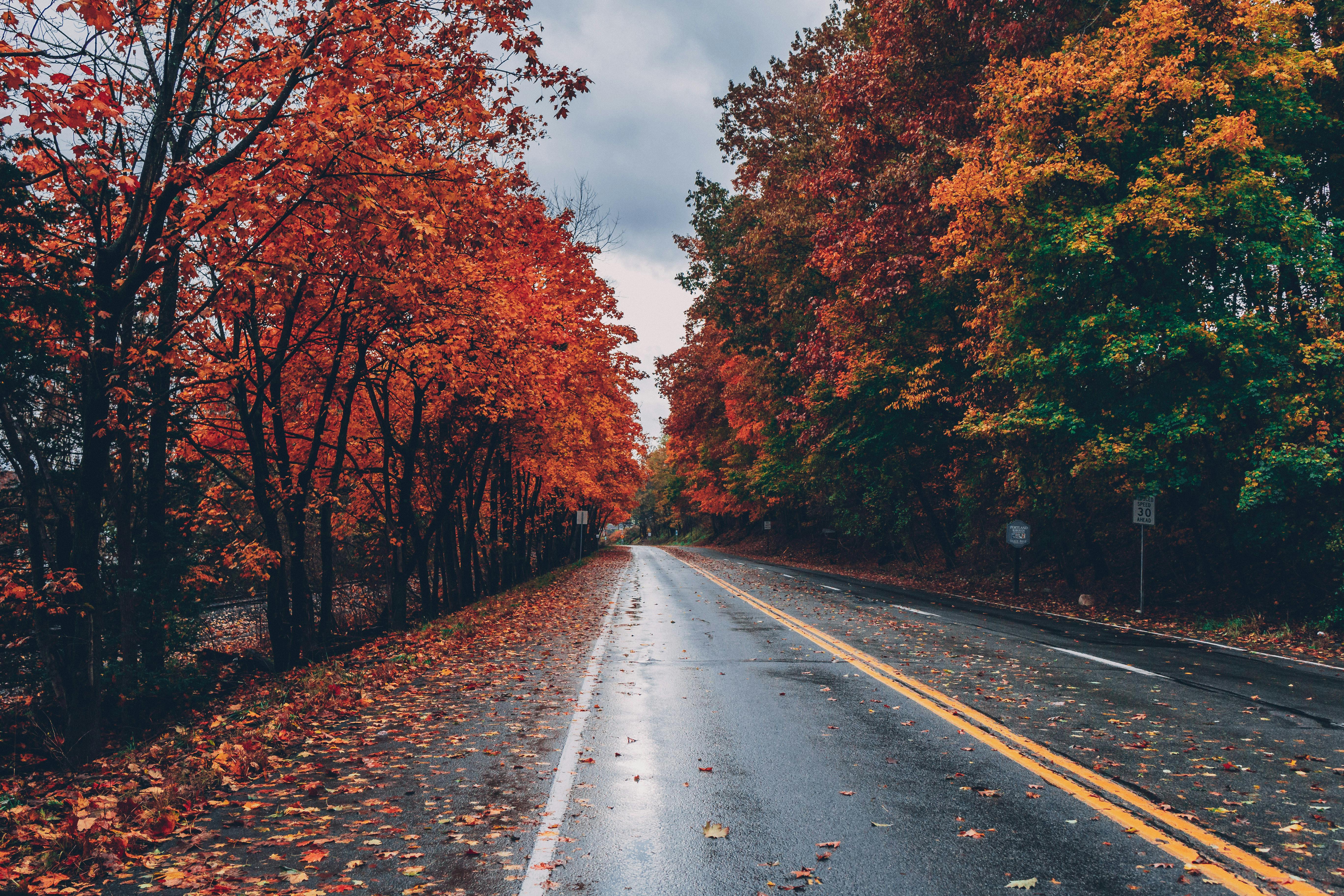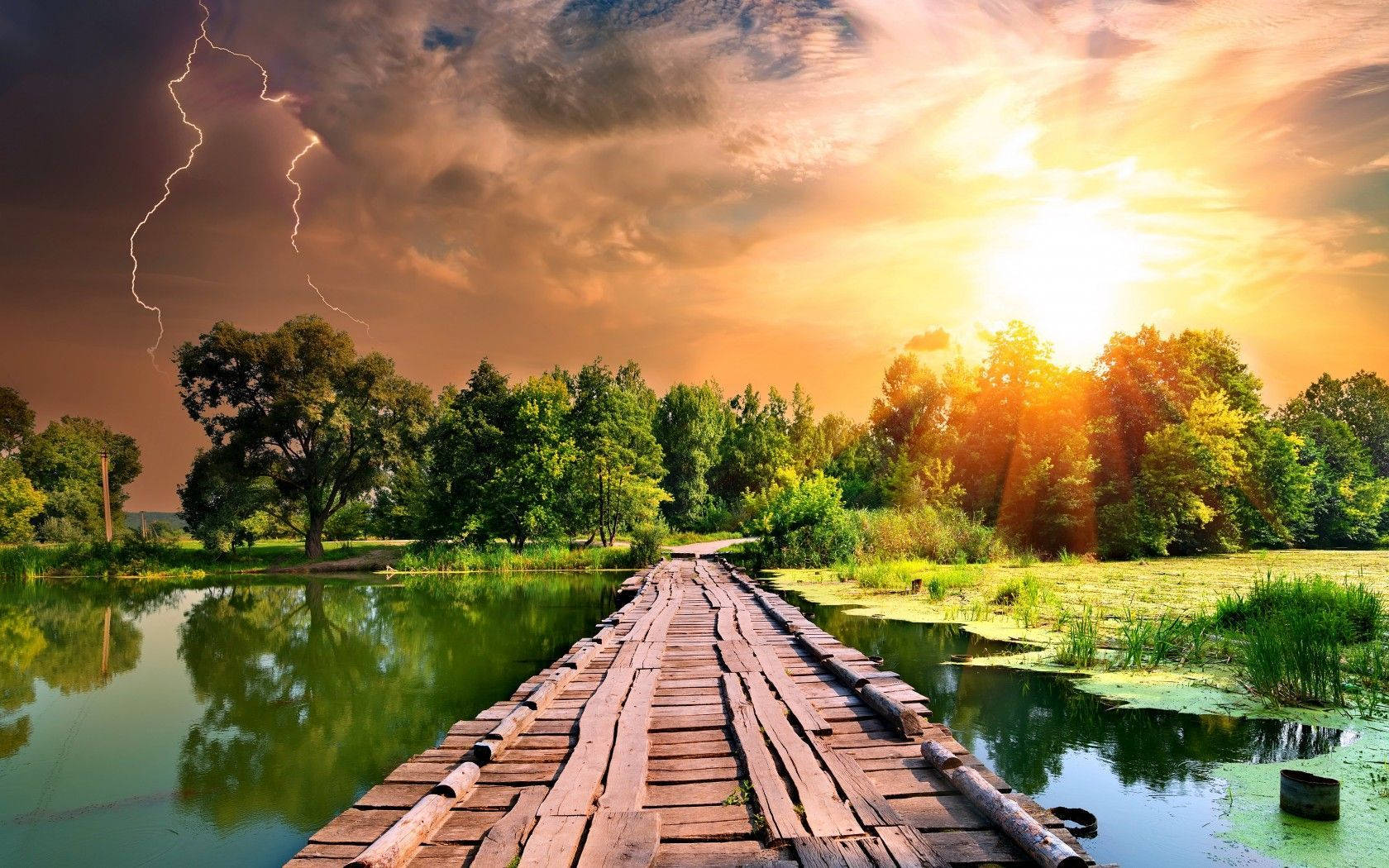The use of ghosts as a means of social control predated the Klan. Slave owners employed so-called patterollers, usually poor whites, who would patrol the countryside at night; such patrols would regularlyuse spook stories, among other tactics, to help keep enslaved people from escaping. “The fraudulent ghost,” [Gladys-Marie] Fry writes, “was the first in a gradually developed system of night-riding creatures, the fear of which was fostered by white for the purpose of slave control.” A man in a white sheet on horseback riding ominously through a forest could help substantiate rumers that the forest was haunted and that those who valued their lives best avoid it. By spreading ghost stories, Southern whites hoped to limit the unauthorized movement of black people. If cemeteries, crossroads, and forests came to be known particularly as haunted, it’s because they presented the easiest means of escape and had to be patrolled. Now it’s common to think of such places as the provenance of spirits. We have stories for such places: a tragic death, forlorn lovers, a devil waiting to make a deal — stories that reflect a rich tradition of American folklore. But all this might have come much later, and these places might have first earned their haunted reputation through much more deviant methods. In the ghost-haunting legacies of many of these public spaces lies a hidden history of patrolling and limiting access.





The use of ghosts as a means of social control predated the Klan. Slave owners employed so-called patterollers, usually poor whites, who would patrol the countryside at night; such patrols would regularlyuse spook stories, among other tactics, to help keep enslaved people from escaping. “The fraudulent ghost,” [Gladys-Marie] Fry writes, “was the first in a gradually developed system of night-riding creatures, the fear of which was fostered by white for the purpose of slave control.” A man in a white sheet on horseback riding ominously through a forest could help substantiate rumers that the forest was haunted and that those who valued their lives best avoid it. By spreading ghost stories, Southern whites hoped to limit the unauthorized movement of black people. If cemeteries, crossroads, and forests came to be known particularly as haunted, it’s because they presented the easiest means of escape and had to be patrolled. Now it’s common to think of such places as the provenance of spirits. We have stories for such places: a tragic death, forlorn lovers, a devil waiting to make a deal — stories that reflect a rich tradition of American folklore. But all this might have come much later, and these places might have first earned their haunted reputation through much more deviant methods. In the ghost-haunting legacies of many of these public spaces lies a hidden history of patrolling and limiting access.